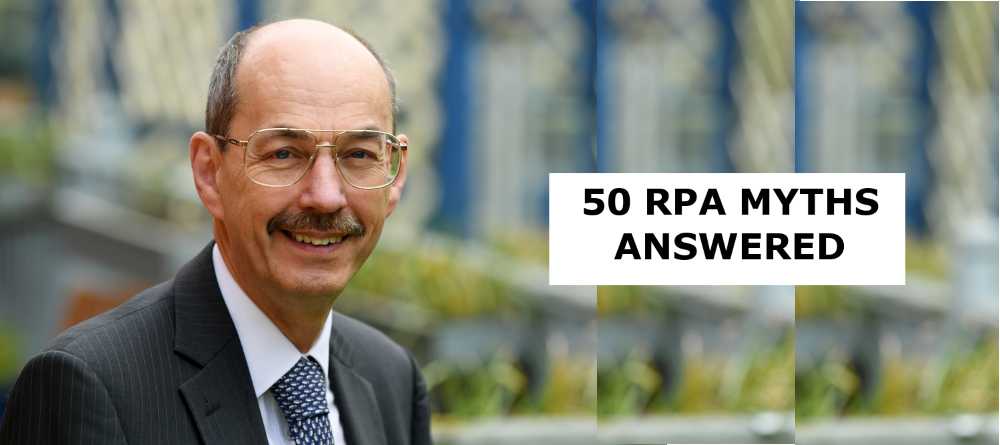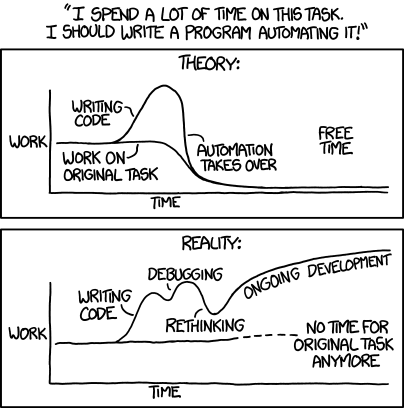
Best ways to improve Productivity
Considering the best ways to improve productivity has to start with defining / measuring existing productivity. This is essential so that any improvement in productivity can be quantified.
By understanding what Productivity represents it allows the positioning of the importance of Productivity for a business.
PERSONAL PRODUCTIVITY
At a personal level, the interest in improving productivity often starts from questions such as:
- How can I improve my productivity?
- How can I stop being distracted?
- How should I prioritize my tasks?
- What should I do at work today?
- How do I get more done?
There are many personal and business coaches that provide services to help individuals address personal productivity. Each will have their own approach but are likely to incorporate elements of the Pomodoro Technique and the Eisenhower Matrix. These can be used to address the questions and provide ways to work that deliver personal productivity.
In summary the Pomodoro Technique is about working on a single task with no distractions for a short period (e.g. 25 minutes), taking a short break (e.g. 5 minutes), after three cycles of this focussed effort take a longer break (e.g. 30 minutes). The approach is generally regarded to deliver productivity. Many people will see a lot similarity with a school day being divided up into “Periods”. This provides a “Way” to work.
The Eisenhower Matrix is about what to work on. General Eisenhower said “There are two kinds of tasks, the urgent and the important”. Using the simple matrix action on the tasks can be determined. If the tasks is urgent and important – Do It. If the task Urgent but Not Important – Delegate It. The approach works well for the productivity of people who are parts of teams although ultimately every task has to be done by somebody.
BUSINESS PRODUCTIVITY
In the business workplace context, productivity is normally addressed at a team level. Daniel Markovitz said “Productivity Is About Your Systems, Not Your People”. This indicates it is about ways of working including the use of machinery, IT systems, etc.
Perhaps it is not surprising that in considering productivity for teams in business, a number of environmental factors have all been shown to have an impact. Including:
- Temperature
- Air quality
- Lighting
- Hydration
- Space Layout and Design
These factors will vary widely across different workplaces, however for people to work productively, the conditions need to be appropriate for the work to be completed. Ensuring that these environmental factors are suitable for the activity is an important way of improving productivity.
Taking Lighting as an example, real extremes of dark and light could make work activity impossible. Considering the amount of day light, the impact of shadows and the balance of red with blue light, can make differences that will result in improved productivity. The use of different bulbs might seem trivial, but if it reduces eye strain for workers, it will allow them to concentrate for longer which will deliver better results.
TEAM PRODUCTIVITY
Moving beyond the environmental factors, examining the business systems allows productivity to be considered for a team. Productivity is about the output delivered by the team for all of the resources and inputs that the team uses. At the level of the team, what are they responsible for producing and what do they need to do the job? This high level question can provide a lot of scope for how activities are achieved.
The external interfaces that the team works with in terms of inputs and outputs need to be understood. If these interfaces are not organised to assist productive activity, there can be scope for improvement of productivity by adjusting the structure. For example, is the material delivered to the interface in the appropriate sequence for the way that it needs to be processed?
The way a team is organised and performs the required tasks on the input can determine productivity. Of course, the knowledge and skills of the team members can impact how the team should be organised to deliver the best productivity. Individuals have different skills and it can be possible to improve productivity by providing training to improve skills of individuals.
The approaches to work with the team can be varied, for example one individual might progress an item of input through various stages by performing a sequence of different tasks before delivering the output. This is usually described as the Generalist organisation. An alternative approach might be for the item of work to passed between various team members to perform designated tasks, where the team members act as Specialists for the activity. This approach can leverage the specific skills of individual team members.
Finding the right organisation for the team so that it delivers the best overall productivity, will need to balance the variety of inputs that need to be processed, the skills of the individual team members and hence their ability to perform each of the required tasks effectively, the workload bottlenecks that can be created by reliance of specialists for certain tasks, etc.
Which ever way the team is organised to process work, it will require regular review as individuals in the team need to be developed (career progression), individuals will be absent for training, sickness, holidays, etc. Some individuals will be motivated by taking ownership of an item of work and progressing it through various stages, whereas others may be content to work in more of a “Production line” style and focus on performing a specific task well. This indicates that the way to get the best productivity from a team on one day, may require some adjustment to get the best productivity on a different day.
CAPITAL PRODUCTIVITY
For any individual performing a task, it is possible to improve their productivity by providing them with the appropriate tools to assist the actions they are undertaking. The use of machinery, vehicles, IT systems, etc., require the investment of capital. Deploying equipment to members of a team to perform a task is one way to improve productivity. The investment in the equipment and the skills of the individual to use the tools effectively feed back into the previous point about team organisation.
In situations where an investment can be made to automate a task completely for some or all of the inputs being processed by an individual, a clear way to improve productivity is available. By investing capital in automation, human effort can be saved but there is a cost to the use of the capital. Calculations about the overall impact on productivity need to account for the use of capital in order to determine if there is an overall improvement in productivity.
MONITORING PRODUCTIVITY
As there are many potential ways to improve productivity, it is important to perform on-going measurements of productivity in order that changes can be tracked. In most businesses, situations change over time and this can result in variations in productivity for a team. As Daniel Markovitz noted, reductions in productivity may well not be from a lack of effort by team members, but from changes in the business systems the team works with to perform the activities.
— || —
Please see Productivity FAQ page for details on some of the terms / jargon used above.
The ROI Calculator for an investment in Robotic Process Automation (RPA) can help show the potential of the change.















